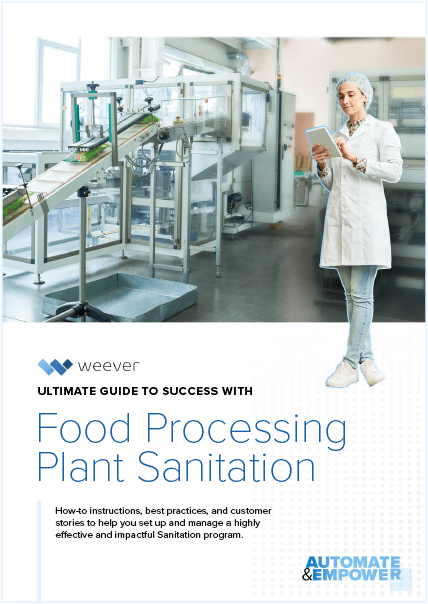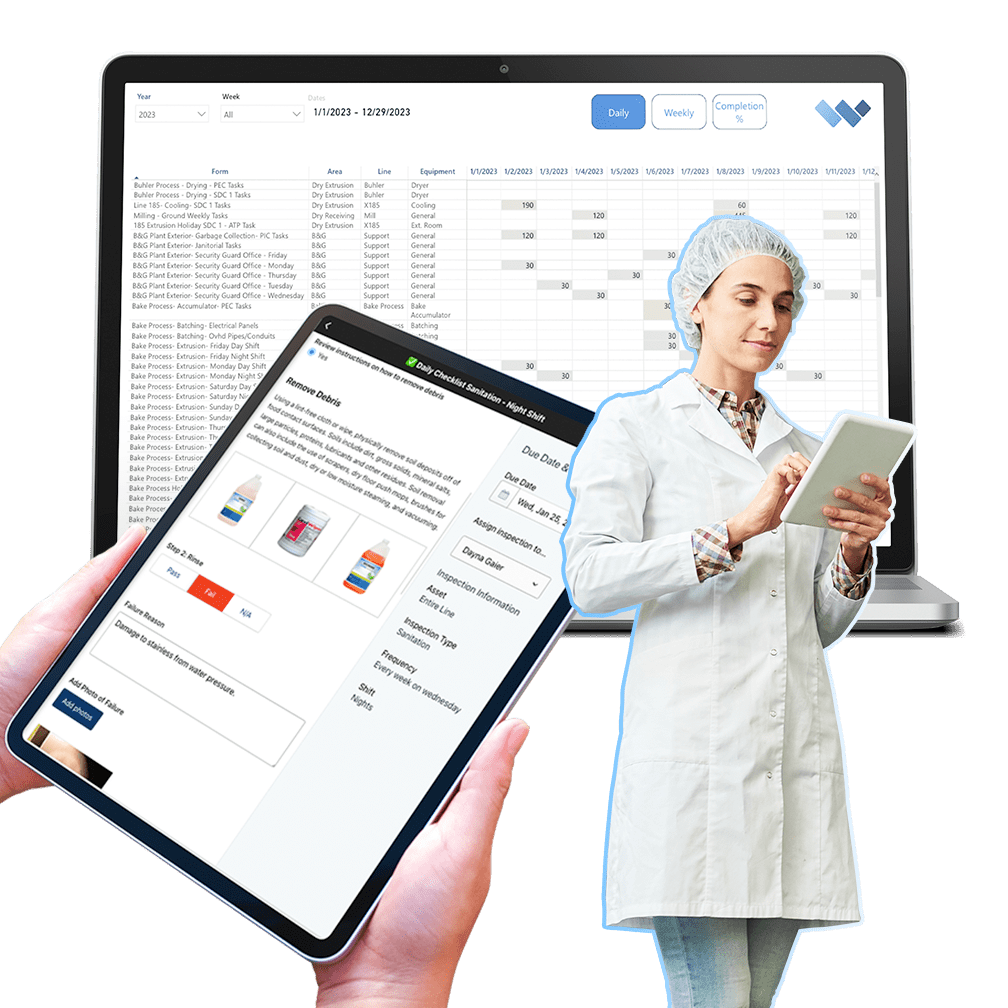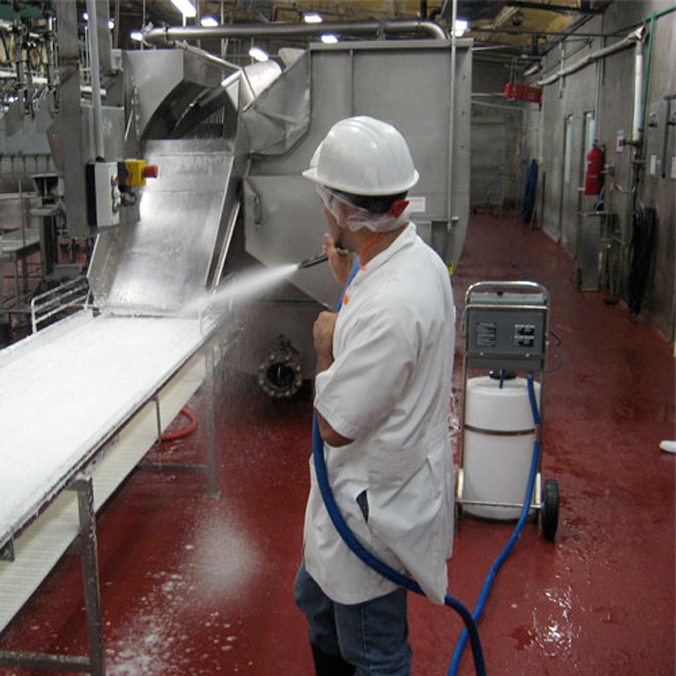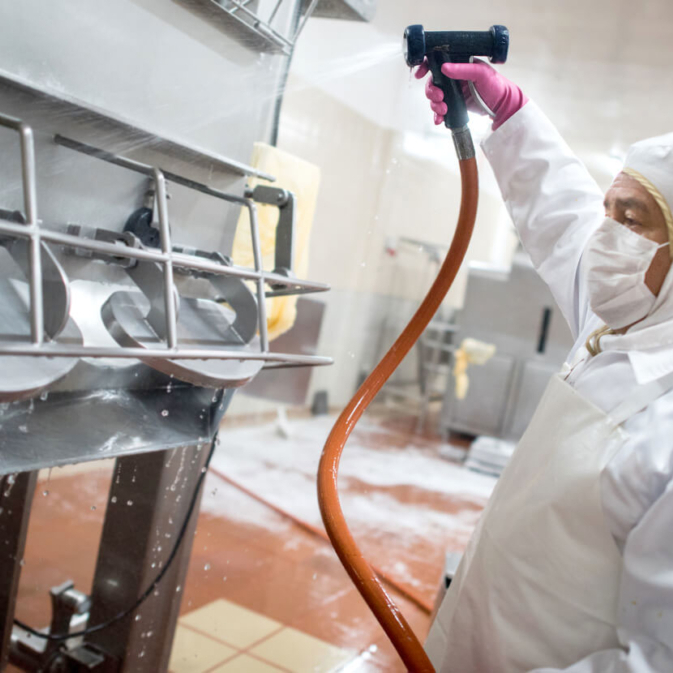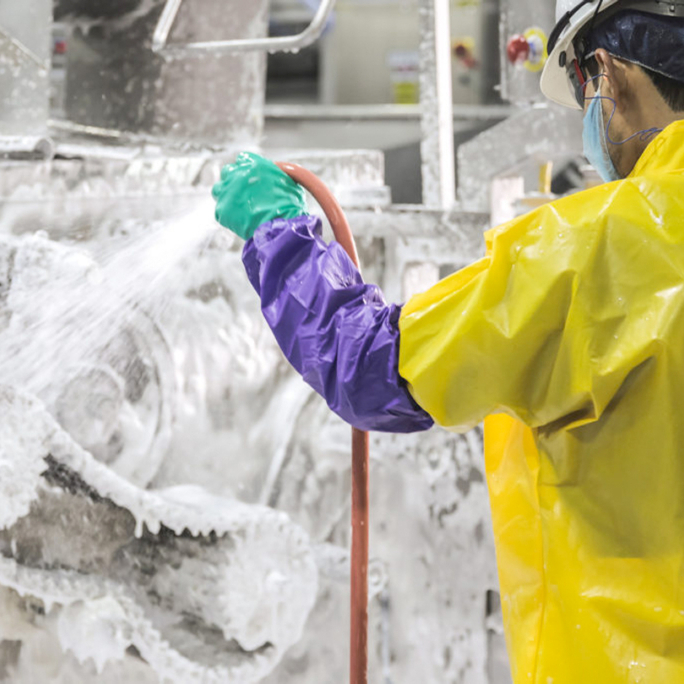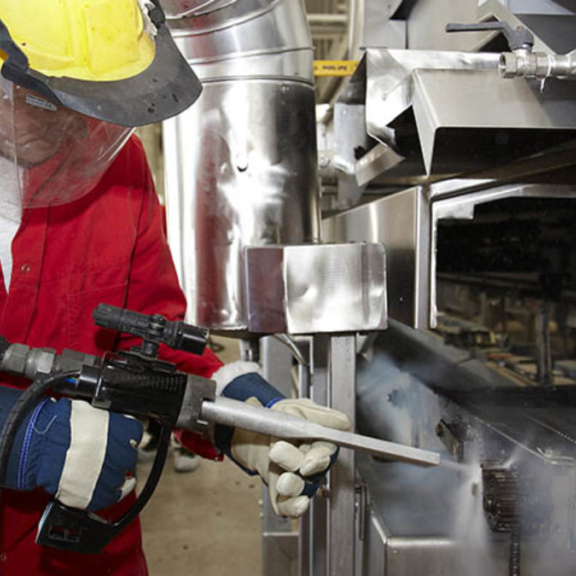The 7 Steps of Cleaning & Sanitizing Food & Beverage Production Lines
Andy Pritchard | January 19, 2023 | 5 min read
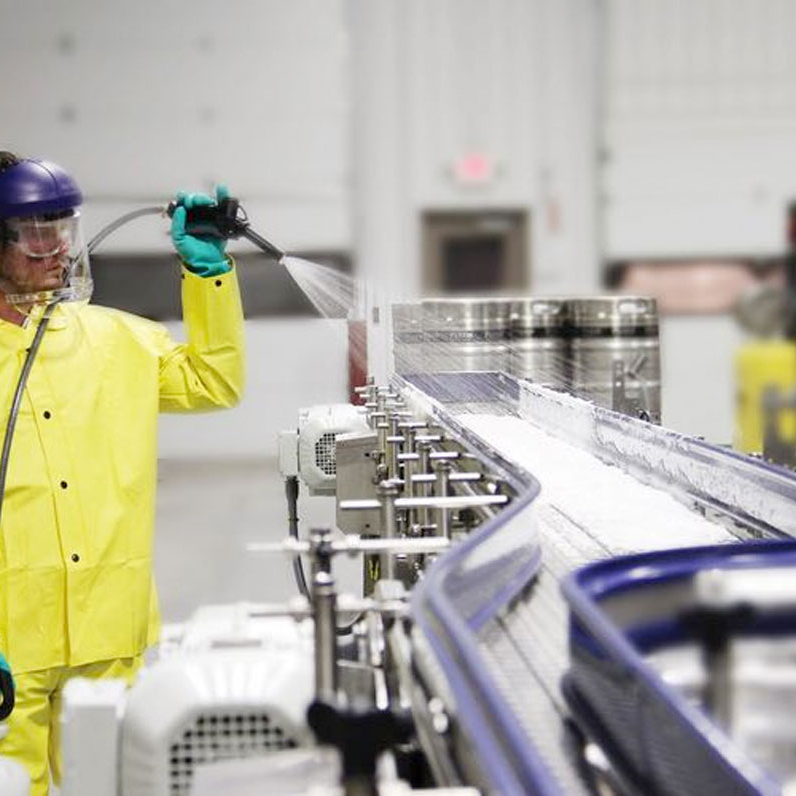
As a manufacturer, your goal is to make the most of every minute, reduce downtime and maximize productivity. Sanitation is a critical and regular part of F&B manufacturing. It shouldn’t be viewed as a disruption, but as an important part of the operation.
There are many different ways to clean and sanitize equipment. These include the use of clean-in-place (CIP) systems, foaming, clean-out-of-place (COP), spraying, high pressure and manual systems.
Regulatory bodies and food safety programs worldwide have their own slightly varied versions for properly cleaning and sanitizing food contact surfaces and equipment. However, this list, provided by the NSF overviews the most commonly suggested steps among the different renditions.
Ideally speaking, processes and the chemical products used should be validated based on worst-case scenarios. Those doing the cleaning and sanitizing must also be properly trained and fully understand the reasons behind each task.
Before you being: Verify your Cleaning products
Correctly performing almost any task requires having the right tools. But how does someone determine if those tools are safe?
There is no regulatory agency that governs the cleaning and sanitizing chemicals used by the food industry. To fill this void, the industry relies on NSF’s registration program for nonfood compounds which includes cleaning and sanitizing products.
Step 1: Remove Debris
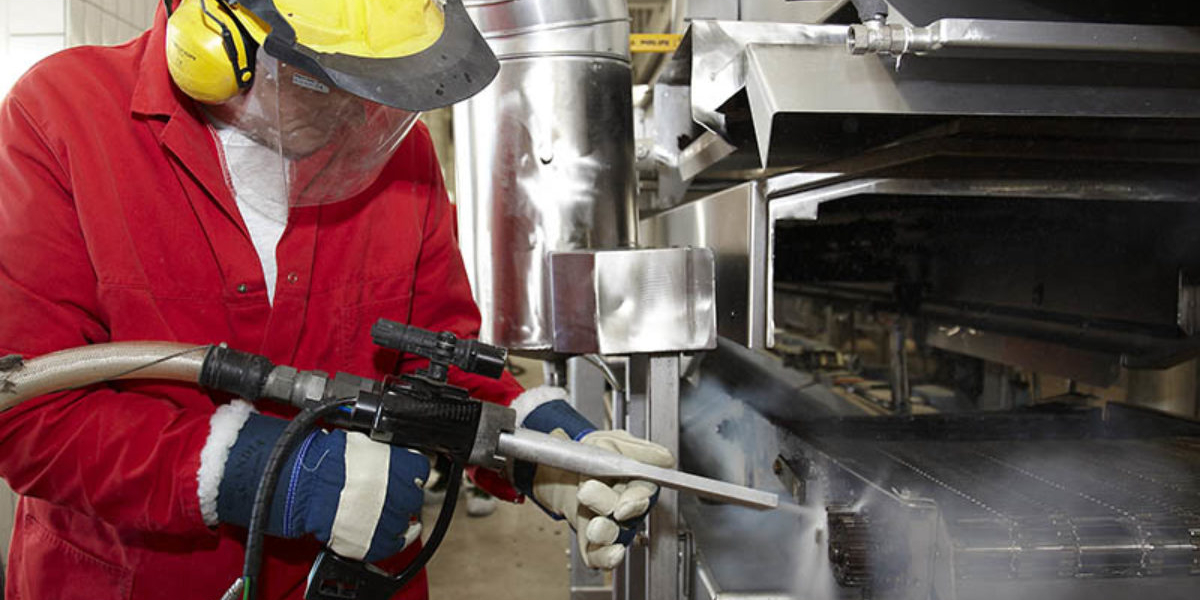
Using a lint-free cloth or wipe, physically remove soil deposits off of food contact surfaces. Soils include dirt, gross solids, mineral salts, large particles, proteins, lubricants and other residues. Soil removal can also include the use of scrapers, dry floor push mops, brushes for collecting soil and dust, dry or low moisture steaming, and vacuuming.
Step 2: Rinse
When rinsing equipment during this step, use warm (less than 120° F/48.9° C) potable water. Anything warmer could cause soil and particles to become adherent to a surface and prevent removal. To avoid recontamination issues, using high-pressure hoses is discouraged since a high-pressure rinse could aerosolize soils and chemicals onto areas and equipment that have already been cleaned and sanitized. In addition, high-pressure methods could also possibly damage processing equipment.
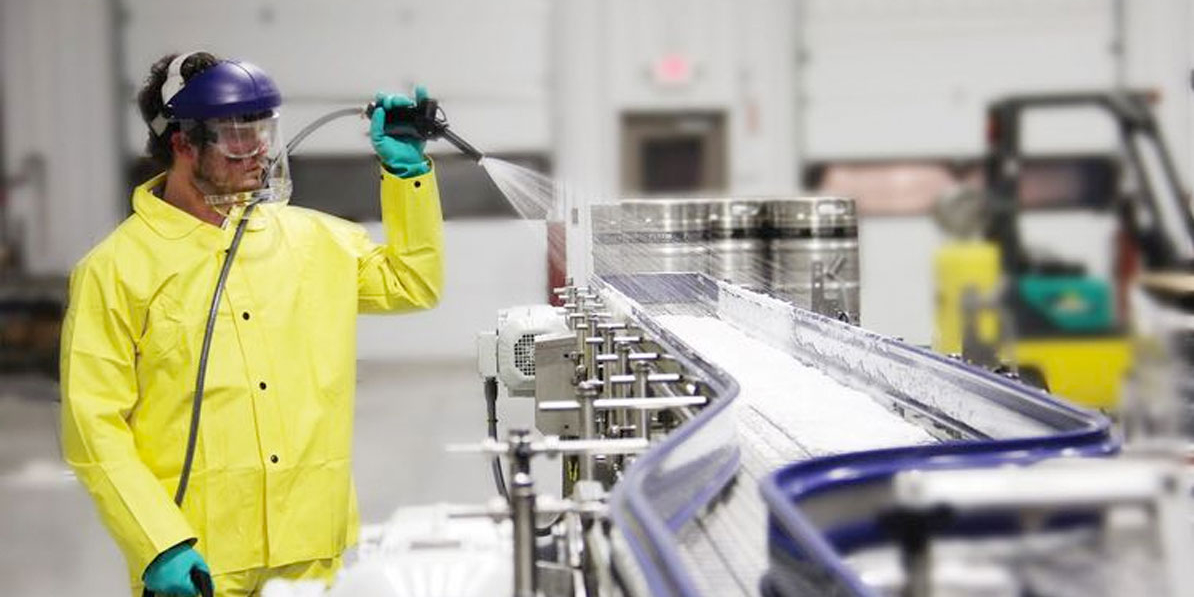
Step 3: Apply Detergent
At this point, it is essential to use chemical cleaners intended to remove fat and protein. In addition, ensure detergents are properly mixed by looking for dilution rates and contact times provided by the cleaning product manufacturer. If this information is not available, reach out to the manufacturer immediately. They should always be ready to help as not knowing dilution rates and contact times can be a food safety risk.
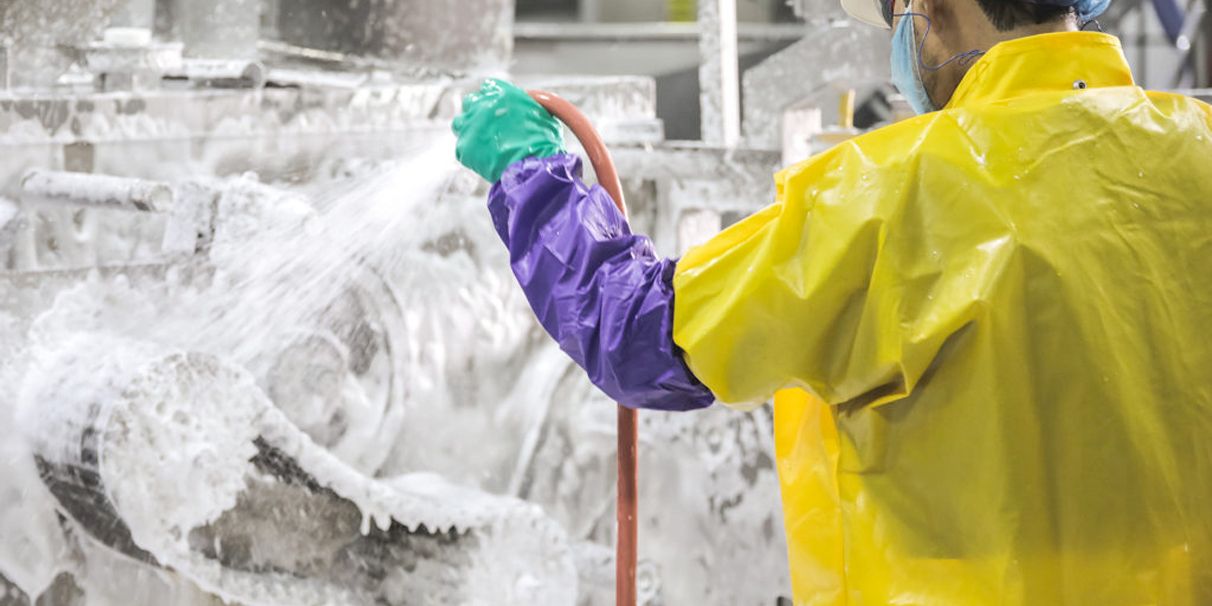
Step 4: Give a Thorough Rinse
Before proceeding to the sanitizing stage, do a final rinse with potable water to completely remove the detergent and any residue.
Step 5: Take a Closer Look
Inspect and, if necessary, spot-clean any areas where there are still visible signs of residue or detergent. Pay special attention to hard-to-reach places. If you are a food service operator, be aware of commercial food equipment whose food zones are not cleanable by hand.
CIP procedures describe the method by which a detergent solution, water rinse, and sanitizing solution is mechanically circulated or passed through a piece of equipment and across its surfaces.
As with any process, CIP procedures need to be validated by the experts involved with an operation’s food safety. CIP instructions should also be reviewed if anything at the facility changes, such as producing a new food product.
Step 6: Sanitize or Disinfect
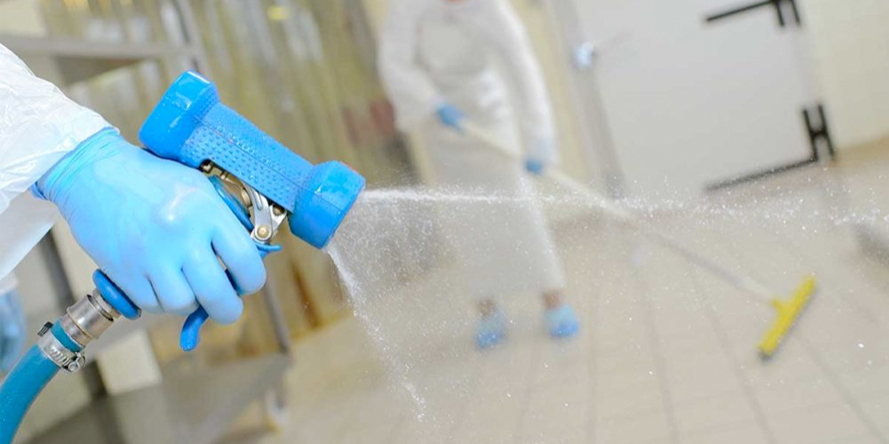
To help safely reduce bacterial load, apply an effective sanitizing or disinfecting chemical verified as suitable to use for food and beverage processing or handling environments.
Before going further, an explanation of the difference between sanitizing and disinfecting is likely needed. Apply a sanitizer solution to the production line, following the manufacturer's instructions.
Ensure that the sanitizer is distributed evenly and given enough time to take effect. Use test strips to ensure that the sanitizer solution is at the right concentration. The test strips should be stored in a sanitary manner and changed regularly.
After the sanitizer has taken effect, inspect the production line to verify that it is clean and sanitary. Document the entire sanitation process, including the date, time, and the results of the tests. Keep these records for at least one year.
Step 7: Dry
When using a rinse-off sanitizer or disinfectant, the product needs to be completely removed with a potable water rinse. Air drying is the ideal way to dry surfaces because a wipe-down could lead to re-contamination. For areas that must be kept dry or cannot facilitate air drying, a leave-on sanitizer or disinfectant is recommended. It is important to follow the directions for drying times listed on the label when using leave-on products.
How-to instructions, best practices, and customer stories to help you set up and optimize your cleaning and sanitation program.
How-to instructions, best practices, and customer stories to help you set up and optimize your cleaning and sanitation program.
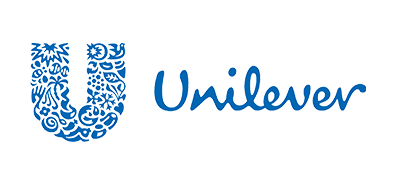
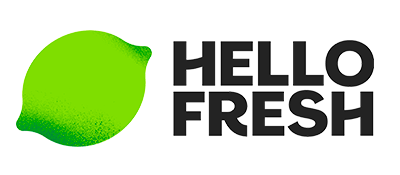
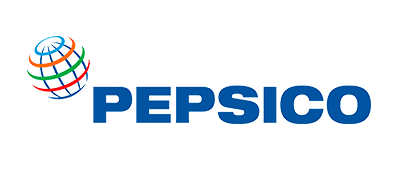
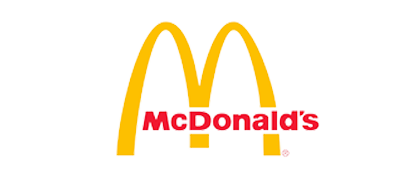
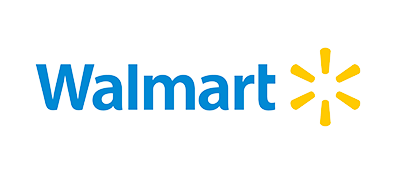
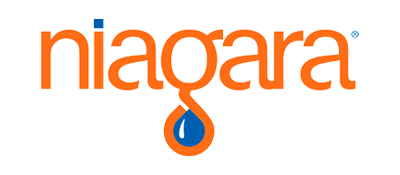
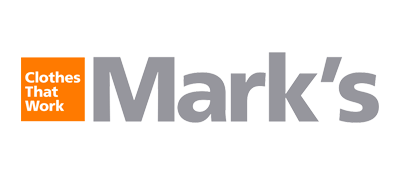
Marks
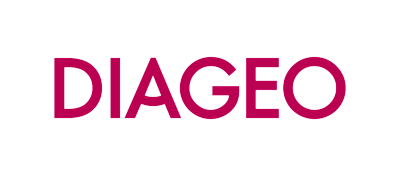
Diageo

Niagara Bottling

Walmart

PepsiCo logo

McDonald's

Unilever
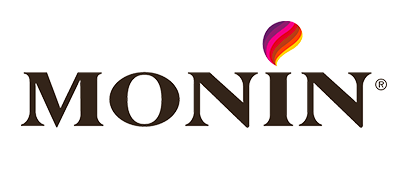
Monin

Hello Fresh
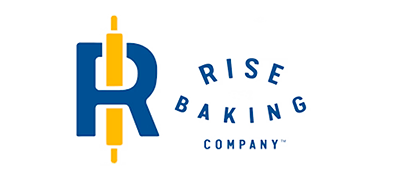
Rise Baking
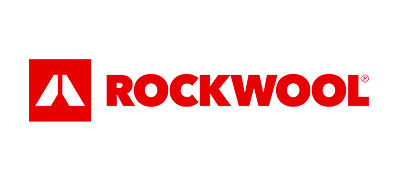
Rockwool
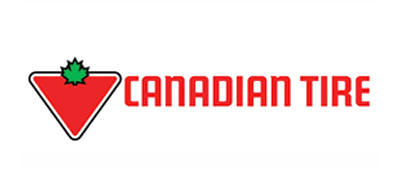
Canadian Tire
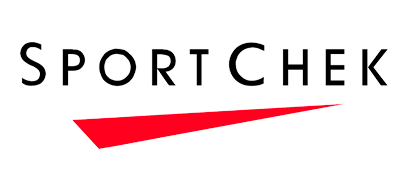
SportChek
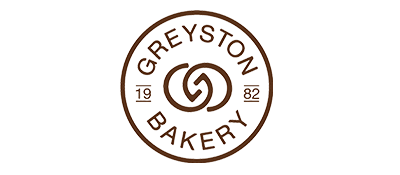
Greyston Bakery
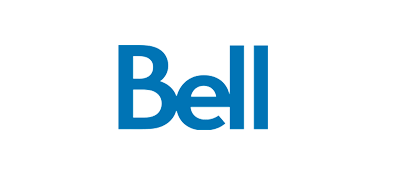
Bell
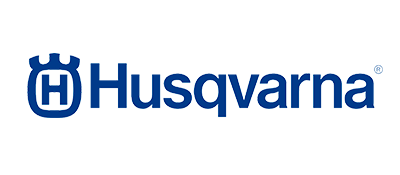
Husqvarna
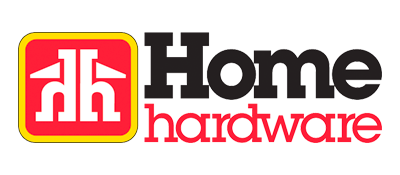
Home Hardware
Learn more about Sanitation ...
Weever is a comprehensive operations management platform that is used to automate safety, quality, maintenance, production, compliance, continuous improvement and training operational requirements.
